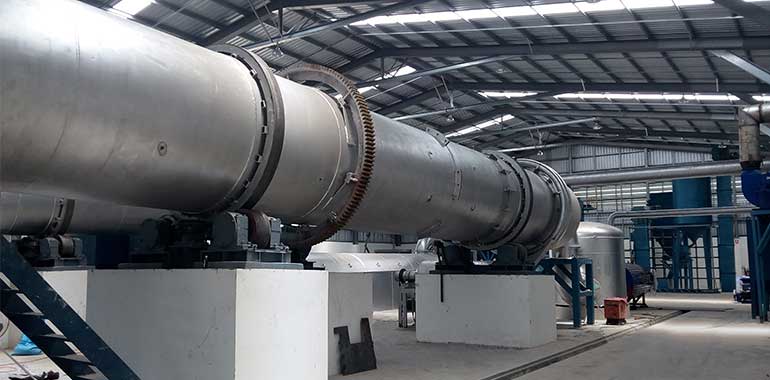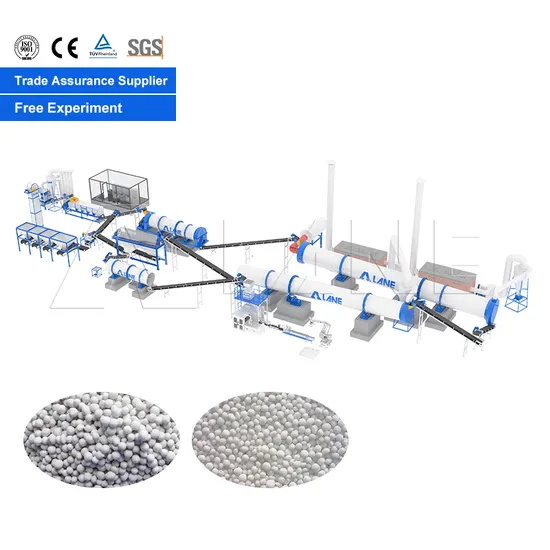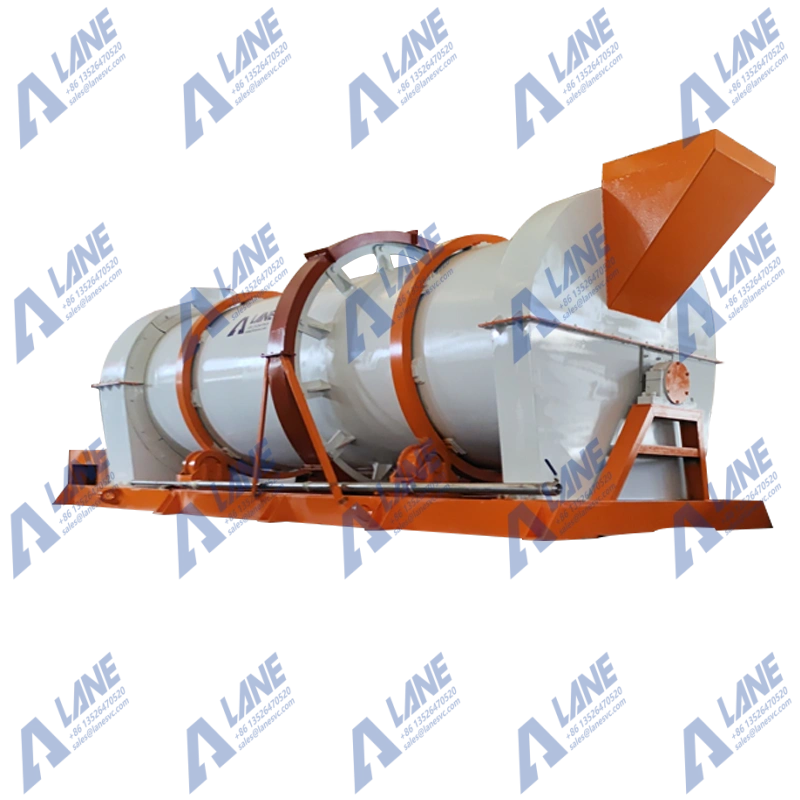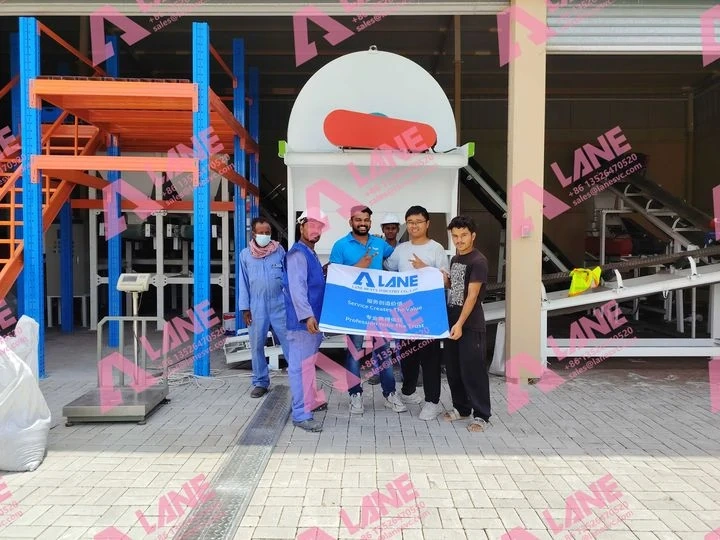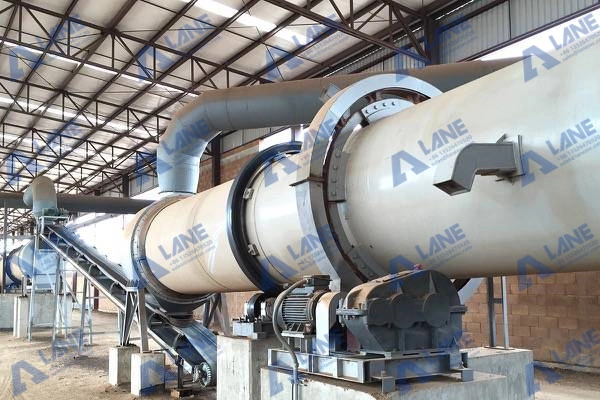9 Essential Steps on How to Clean an SSP Granulator for Optimal Performance
- 2025-08-13
Maintaining your SSP (Single Superphosphate) granulator in peak condition is essential for achieving high productivity, consistent granule quality, and long equipment life. One of the most important maintenance tasks is knowing how to clean an SSP granulator for optimal performance. A well-cleaned granulator not only ensures stable fertilizer quality but also prevents production downtime, reduces contamination, and minimizes wear on critical parts.
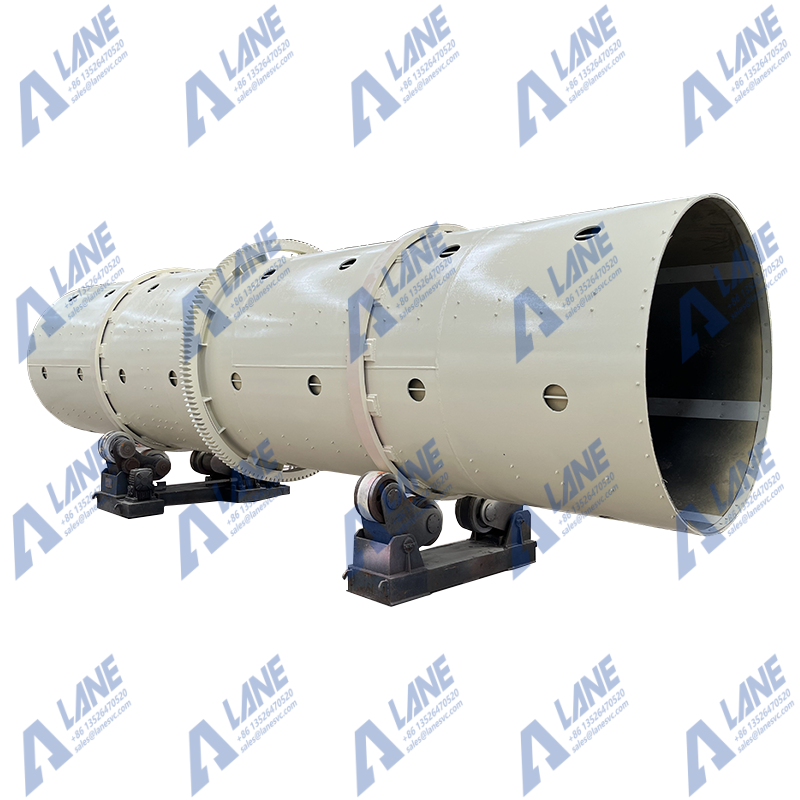
Rotary Drum Granulator
Why Cleaning an SSP Granulator Matters
Over time, SSP granulators can accumulate dust, hardened fertilizer residue, and moisture-induced buildup. This can negatively affect granulation efficiency, increase friction, and cause uneven granule size. If not cleaned regularly, the buildup can block discharge chutes, cause corrosion, and even damage mechanical components.
Knowing how to clean an SSP granulator for optimal performance, you can:
-
Improve granule consistency and nutrient uniformity
-
Reduce energy consumption during operation
-
Prevent cross-contamination between different fertilizer batches
-
Extend the lifespan of critical components such as the drum lining and paddles
-
Reduce costly downtime due to unexpected repairs
Step-by-Step: How to Clean an SSP Granulator for Optimal Performance
1. Shut Down and Isolate the Machine
Before beginning any maintenance, ensure the granulator is completely shut down. Disconnect it from the power supply and follow lock-out/tag-out (LOTO) safety procedures. This prevents accidental startup during cleaning.
2. Allow the Granulator to Cool Down
If your SSP granulator has been running, its surfaces and internal components may still be hot. Allow sufficient cooling time to avoid burns or damage to sensitive parts during cleaning.
3. Remove Loose Residue
Using an industrial vacuum or compressed air, remove loose dust and granule fragments from both the exterior and interior. Pay special attention to corners, joints, and moving parts where fertilizer dust tends to collect.
4. Scrape Off Hardened Deposits
For hardened fertilizer residue inside the drum, use non-metallic scrapers or brushes. Avoid tools that can damage the drum’s protective lining. If buildup is severe, applying a mild, approved cleaning solution can help soften it.
5. Clean Internal Components
Rotate the drum manually to access all internal surfaces. Carefully clean paddles, lifters, and liners, ensuring that no buildup remains. This step is critical to clean an SSP granulator for optimal performance, as internal residue can interfere with granule formation.
6. Flush with Water (If Applicable)
For certain SSP granulator designs, a controlled water rinse may be possible. Ensure water use is minimal to prevent excess moisture, and always dry the equipment thoroughly afterward to avoid corrosion.
7. Inspect for Wear and Damage
During cleaning, check for signs of wear such as cracks, thinning liners, or damaged paddles. Early detection allows timely maintenance and avoids expensive breakdowns.
8. Lubricate Moving Parts
Once cleaning is complete and the machine is fully dry, lubricate all bearings, chains, and gears according to the manufacturer’s specifications. Lubrication reduces friction, protects against rust, and ensures smooth operation.
9. Reassemble and Test
Securely reattach any removed covers or guards, reconnect the machine to its power source, and run a short test cycle to ensure everything operates correctly.
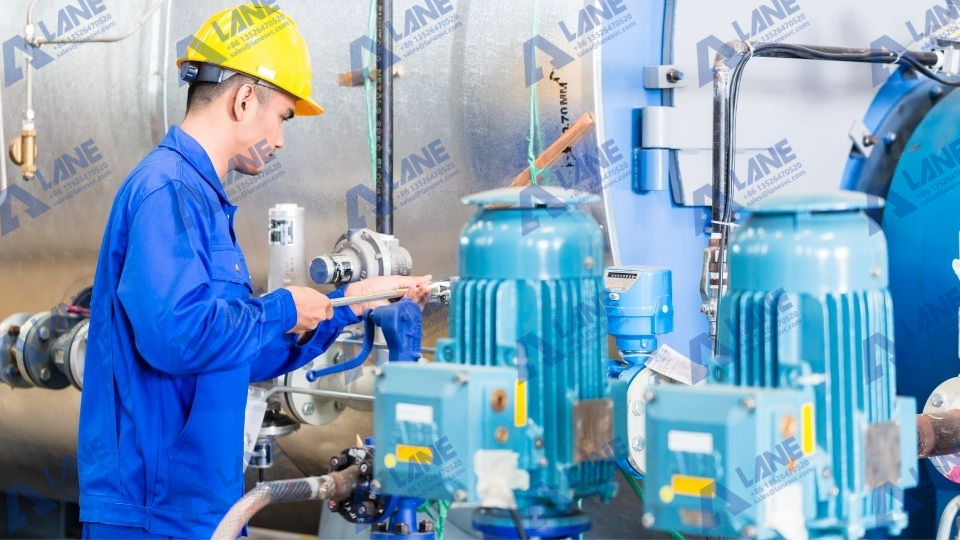
Cleaning Frequency Recommendations
The frequency of cleaning depends on production volume, material moisture content, and environmental conditions. In high-output SSP fertilizer plants, partial cleaning should be done daily, while deep cleaning should be scheduled weekly or bi-weekly. Always keep records of cleaning schedules to maintain compliance with safety and quality standards.
Best Practices to Keep Your SSP Granulator Cleaner for Longer
-
Use high-quality raw materials to reduce dust and impurities entering the granulator
-
Install dust extraction systems to capture airborne particles before they settle inside
-
Maintain correct moisture levels during granulation to minimize sticky buildup
-
Train operators on correct feeding rates and operating parameters to prevent overloading
How LANE’S Equipment Design Simplifies Cleaning
At our company, we manufacture SSP fertilizer production lines with user-friendly designs that make cleaning faster and more efficient. Our SSP granulators feature:
-
Smooth interior surfaces that prevent excessive material sticking
-
Accessible inspection ports for easy internal cleaning without full disassembly
-
Corrosion-resistant linings that withstand both fertilizer acids and cleaning agents
-
Optimized drum rotation for even granulation and minimal residue formation
These design improvements mean you can clean an SSP granulator for optimal performance in less time and with fewer maintenance interruptions, boosting your overall production efficiency.
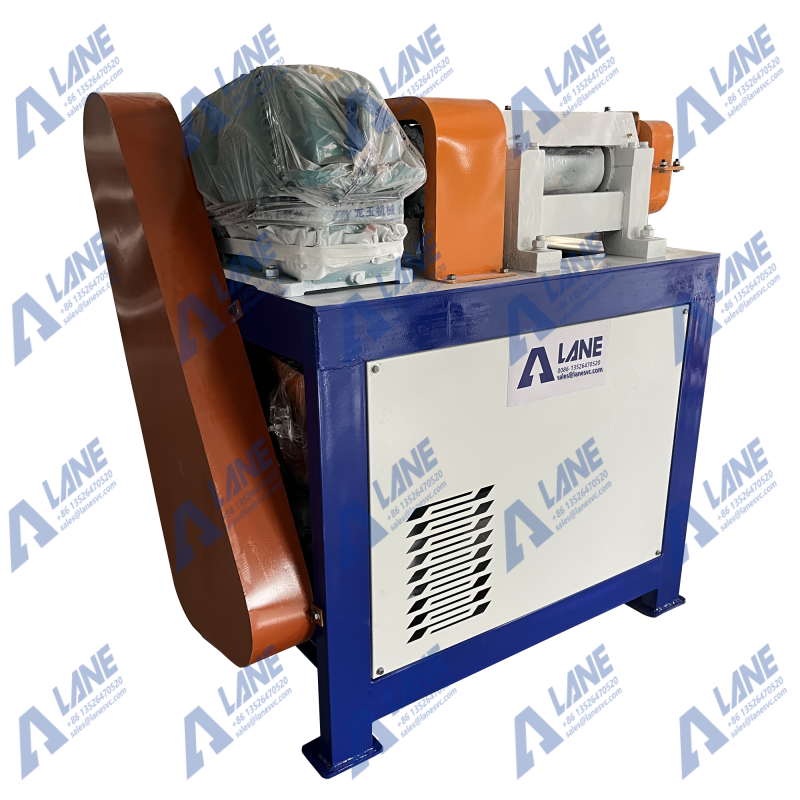
Double roller granulator
Environmental Considerations in Cleaning
When learning how to clean an SSP granulator for optimal performance, it is crucial to pay attention to environmental factors. Proper handling of waste materials like dust and fertilizer residue collected during cleaning is essential. If the residue is still usable, it should be carefully returned to the production process to minimize waste. This is a key part of how to clean an SSP granulator for optimal performance while maintaining sustainability.
Additionally, when figuring out how to clean an SSP granulator for optimal performance, using water efficiently is important to prevent excessive moisture buildup that can affect both equipment and product quality. Avoiding harmful chemicals during the cleaning process not only protects the environment but also ensures worker safety. Incorporating eco-friendly practices is a critical step in how to clean an SSP granulator for optimal performance that supports sustainable fertilizer production.
By following these guidelines on how to clean an SSP granulator for optimal performance, you not only enhance equipment longevity and fertilizer quality but also contribute to environmental protection.
Conclusion
Knowing how to clean an SSP granulator for optimal performance is one of the most cost-effective ways to maintain product quality, reduce downtime, and extend equipment life. Regular, thorough cleaning not only benefits your fertilizer output but also supports sustainable, efficient plant operations.
By choosing our advanced SSP granulator and complete fertilizer production line, you gain equipment designed for easier cleaning, reduced residue buildup, and long-term reliability—helping you achieve consistent, high-quality fertilizer production every time.
